Introduction to Occupational Hearing Loss Claims
Occupational hearing loss is a significant yet often overlooked workplace injury affecting millions of workers across noisy industries such as construction, manufacturing, and aviation. Understanding the complex medical evaluations, legal standards, and procedural steps involved in filing and securing workers’ compensation claims is essential for affected employees and employers alike. This article explores the critical components of auditory loss evaluation in workplace injury claims, from medical assessments and linking hearing loss to workplace exposure, to navigating legal frameworks and securing fair compensation.
Assessing Occupational Hearing Loss and Establishing Workplace Connection
How is occupational hearing loss assessed and linked to workplace exposure?
Occupational hearing loss is determined primarily through comprehensive audiometric testing. Workers undergo baseline audiograms when they start employment and regular annual hearing assessments thereafter. These tests look for significant threshold shifts—an increase of 15 decibels or more at any frequency—indicating possible occupational damage.
To connect hearing loss directly to workplace conditions, a detailed history of noise exposure is essential. Medical professionals and investigators analyze audiogram results alongside documented noise levels in the worker’s environment.
Workplace noise exposure measurement is conducted using sound level meters and personal dosimeters. These devices record parameters such as the Time-Weighted Average (TWA), which captures noise exposure over an 8-hour shift, and the noise dose, expressed as a percentage of permissible limits.
Standards set by OSHA and NIOSH guide these measurements. Exposure to noise levels at or above 85 dBA for extended periods is typically considered hazardous and capable of causing hearing loss.
Employers adopt hearing conservation programs that include consistent noise monitoring, training employees on hearing protection, and providing appropriate hearing protection devices. Regular hearing tests and noise assessments form the backbone of establishing a link between workplace noise exposure and hearing deterioration.
In cases of suspected occupational hearing loss, comparing audiometric data with documented noise levels and exposure durations helps demonstrate causality. This process ensures that claims are substantiated with both medical evidence and exposure history, enabling proper legal and medical evaluation.
Medical and Legal Steps to Establish a Workplace-Related Hearing Loss Claim
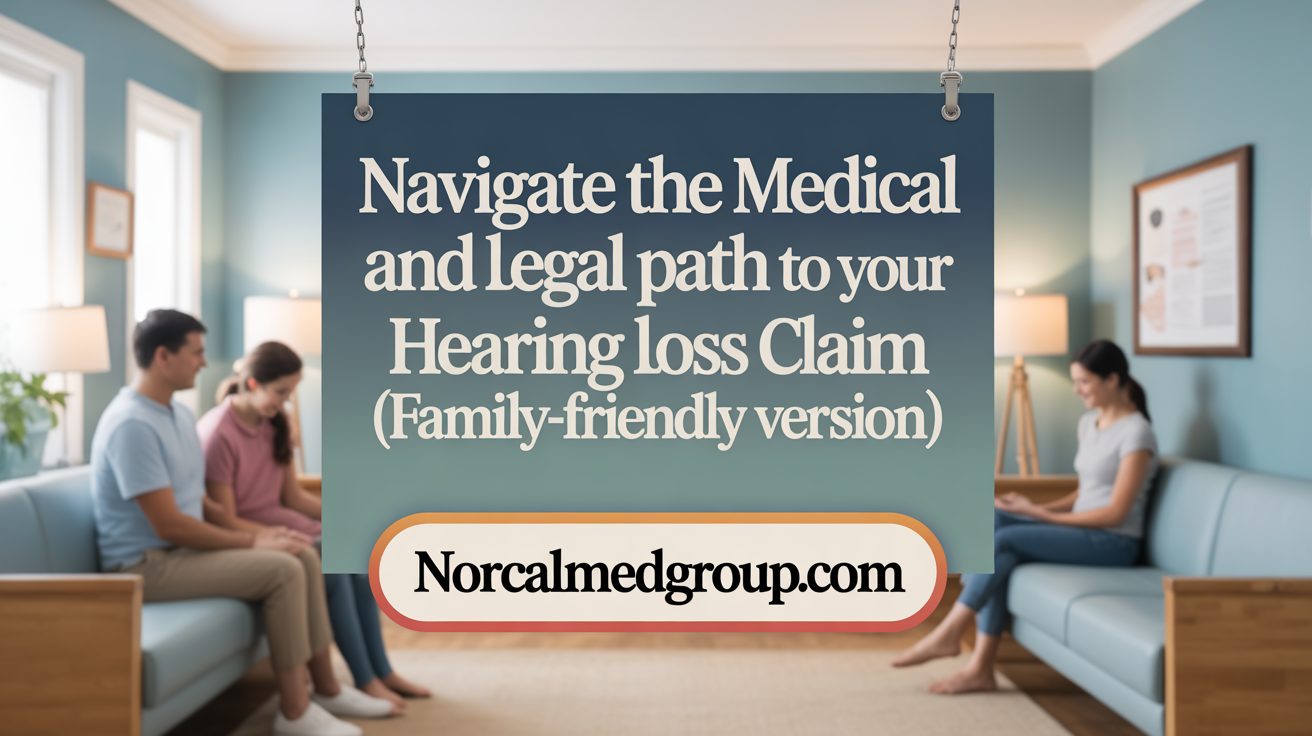
What are the medical and legal steps required to establish a workplace-related hearing loss claim?
Establishing a claim for workplace-related hearing loss involves several crucial steps. First, injured workers should report symptoms such as muffled hearing, tinnitus, or difficulty understanding speech promptly to their employer. Early reporting is vital, as it helps create an official record of the injury.
Next, seeking a medical evaluation from qualified healthcare professionals, such as otolaryngologists or occupational audiologists, is essential. These experts conduct audiometric assessments, including pure-tone audiometry, to quantify the degree of hearing loss and determine if it is related to workplace exposure. Medical documentation, such as audiogram results and detailed treatment records, forms a cornerstone of a strong claim.
Workers must also compile thorough evidence of their job duties, exposure to hazardous noise levels, and use of protective gear, along with records of time worked in noisy environments. This exposure history helps establish causality.
Filing the claim within the statute of limitations—often within one year of the date of injury or diagnosis—is a strict requirement in many states. Accurate and complete submission of workers’ compensation forms, along with supporting documentation, is necessary.
In cases where the claim is denied, injured workers can appeal the decision. This typically involves presenting the gathered medical evidence and exposure documentation to a workers’ compensation board or tribunal. Legal aid can be instrumental at this stage, helping with the proper filing process and advocating for fair compensation.
Legal assistance ensures that all procedural steps are followed correctly, evidence is thoroughly presented, and workers’ rights are protected throughout the claims process.
Documenting and Proving Auditory Damage for Worker Injury Claims
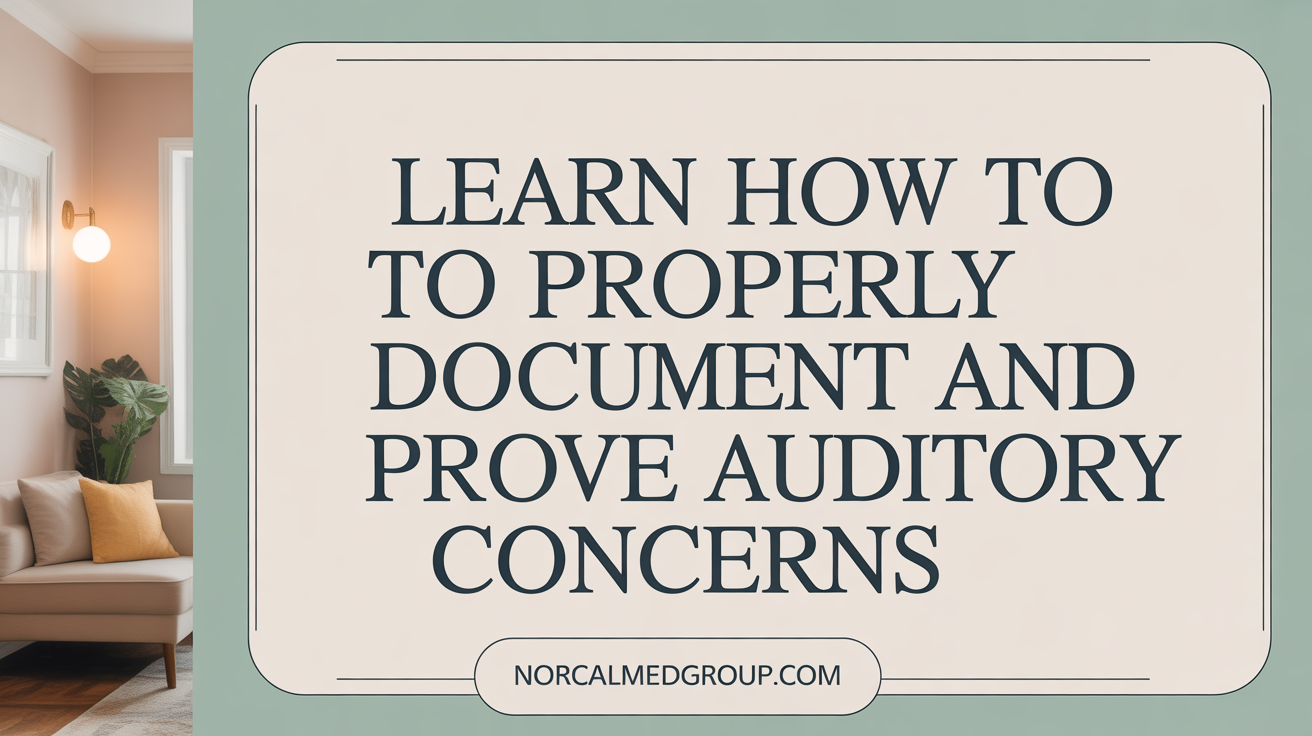
How is auditory damage documented and proven for workplace injury claims?
Proving hearing loss related to workplace conditions involves a comprehensive collection of medical and environmental evidence. The first step is conducting detailed audiological evaluations. These include pure-tone audiometry, speech discrimination tests, tympanometry, and otologic examinations, which produce precise measurements of hearing thresholds and clarity.
Medical reports from audiologists or ENT specialists must explicitly connect the hearing impairment to occupational noise exposure. These diagnoses are reinforced by baseline audiograms taken at employment start and periodic audiograms completed over time, showing a pattern of hearing decline attributable to noise.
In addition to medical testing, evidence from the workplace environment plays a crucial role. Noise surveys, employee safety records, and records of hearing conservation programs help establish exposure levels. These assessments clarify whether the noise levels exceeded safety standards and if protective measures were used.
Witness statements or personal affidavits from colleagues can corroborate alleged exposure episodes, especially when claimants were directly involved with loud machinery or hazardous environments.
Maintaining thorough, coherent, and well-organized documentation is essential. All records should detail the timing and nature of noise exposure, the testing procedures used, and the medical findings.
Legal standards in hearing loss claims emphasize causality and consistency. Proper documentation must definitively show that the hearing impairment is work-related. This involves aligning medical, environmental, and testimonial evidence with jurisdictional evidentiary rules.
Timeliness is critical — submitting complete and accurate records promptly enhances the chance of a successful claim. Achieving this requires careful record-keeping, prompt medical evaluations, and adherence to all filing deadlines.
Common Criteria and Methods Used in Occupational Hearing Loss Assessments
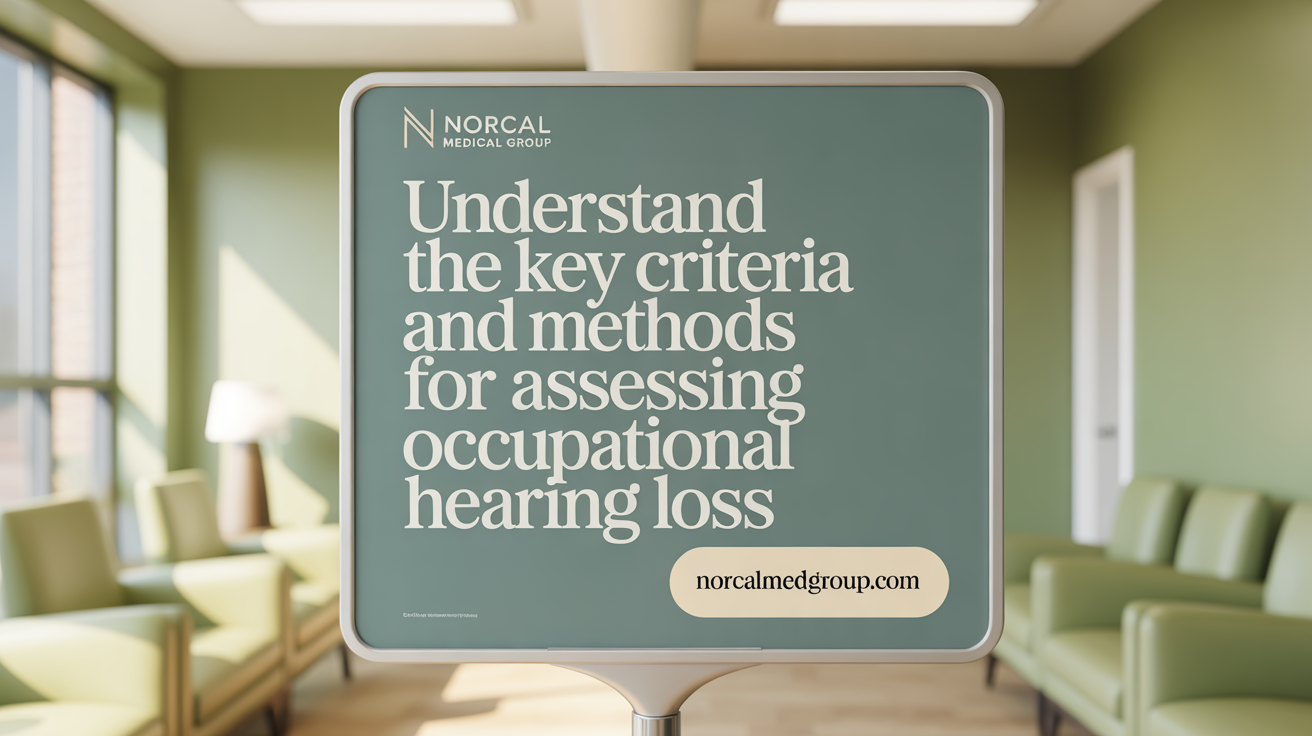
What criteria and methods are commonly used to assess occupational hearing loss?
Assessing occupational hearing loss involves multiple standardized procedures to accurately determine if a worker's hearing impairment is work-related. One of the primary indicators used is the identification of a Standard Threshold Shift (STS). An STS is diagnosed when there is a 10 decibel (dB) or greater increase in hearing thresholds at critical frequencies such as 2000, 3000, or 4000 Hz when compared to baseline audiograms taken when the worker was initially hired or previously tested.
Audiometric testing is conducted following strict OSHA standards, which specify calibration procedures and testing environments to ensure reliable results. These tests are performed with calibrated audiometers, ensuring consistency over time, and are typically conducted in sound-treated booths. The audiograms record hearing levels at various frequencies, with particular attention to those above 25 dB HL (hearing level), as levels of 25 dB or more are considered within normal variation.
Measuring noise exposure is another essential aspect of assessment. Noise levels are usually evaluated using sound level meters or personal dosimeters worn by workers over their shifts. An 85 dBA exposure over an 8-hour workday is generally regarded as the hazardous threshold, and exceeding this makes a worker eligible for evaluation and potential compensation.
Age is a known factor affecting hearing, often leading to presbycusis, or age-related hearing loss. Therefore, audiologists may apply adjustment corrections for age when analyzing audiograms to distinguish between noise-induced hearing loss and hearing decline due to aging.
Beyond simple audiometric evaluations, a comprehensive assessment includes detailed noise exposure histories, workplace environmental assessments, and review of medical records. This holistic approach ensures a precise determination of whether hearing loss is attributable to occupational noise exposure. The combination of these criteria and methods supports accurate diagnosis, appropriate treatment planning, and informed claims processing.
The Role of Legal Standards and Regulations in Hearing Loss Compensation
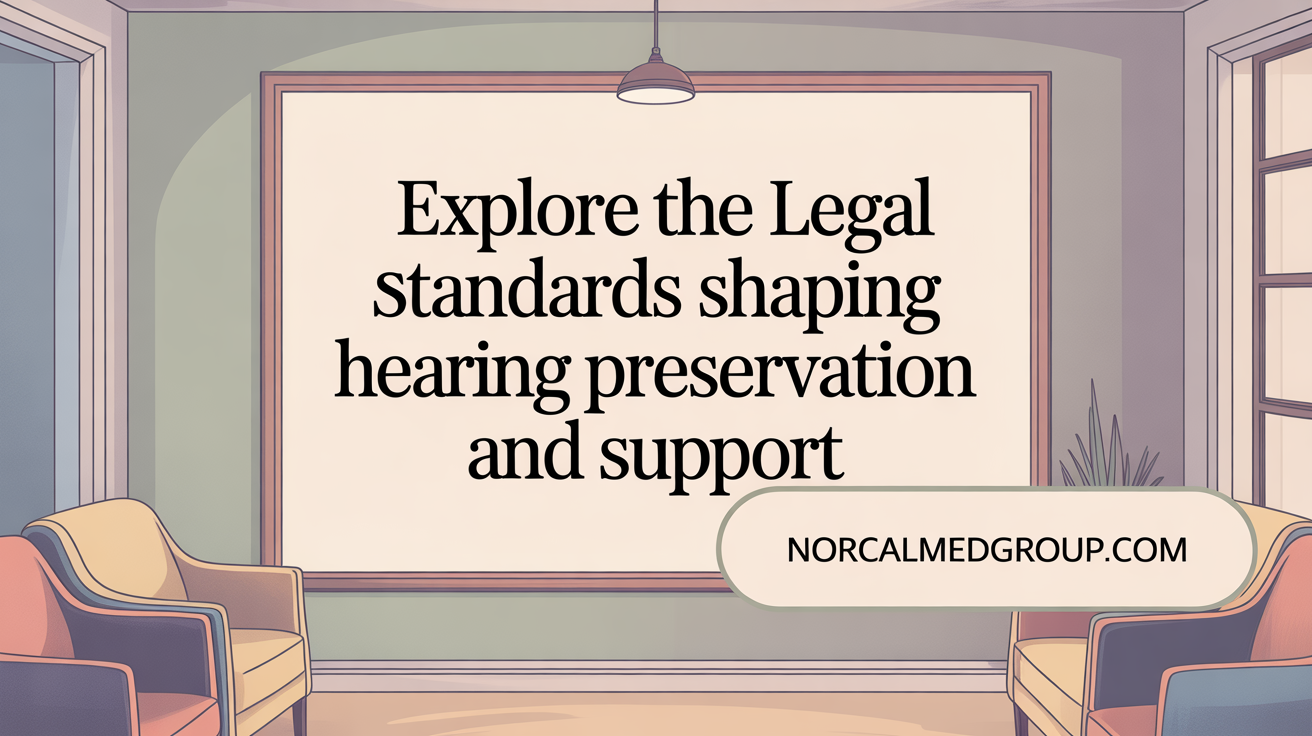
What role do legal standards and regulations play in evaluating and compensating hearing loss in the workplace?
Legal standards and regulations form the backbone of how occupational hearing loss cases are assessed and compensated. They set clear criteria for both prevention and claims, ensuring that workers receive fair treatment and that employers uphold safety obligations.
OSHA's hearing conservation program requirements mandate regular noise monitoring, audiometric testing, employee training, and the provision of hearing protection devices. These standards aim to minimize noise-induced hearing loss and establish a baseline for evaluating if a worker’s hearing deterioration is work-related.
Furthermore, OSHA’s exposure limits define the maximum noise levels permissible in the workplace—exposure above 85 decibels over an 8-hour workday significantly increases the risk of hearing damage. Employers are responsible for adhering to these limits, implementing safety measures, and documenting compliance.
In the context of workers’ compensation, California and other states have specific laws detailing when and how a hearing loss claim can be filed. These laws require timely reporting, probative medical evidence such as audiograms and ENT reports, and a demonstrated link between workplace exposure and the injury. They also define deadlines within which claims must be submitted.
Audiogram interpretation standards, aligned with ANSI calibration and testing protocols, are critical for objective assessment. Accurate interpretation of hearing tests and proper reporting are essential for establishing causality and the extent of impairment.
Legal frameworks also specify procedures for adjudicating claims and determining benefits. They consider factors like the duration and intensity of noise exposure, pre-existing conditions, and workplace safety measures employed. When disputes arise, regulations guide claims review, appeals, and resolution processes.
Overall, these legal standards and regulations ensure consistent, fair, and transparent evaluation of occupational hearing loss claims, protect workers’ rights, and promote safe workplace practices.
Determining Compensation and Preparing for Workers' Compensation Hearings
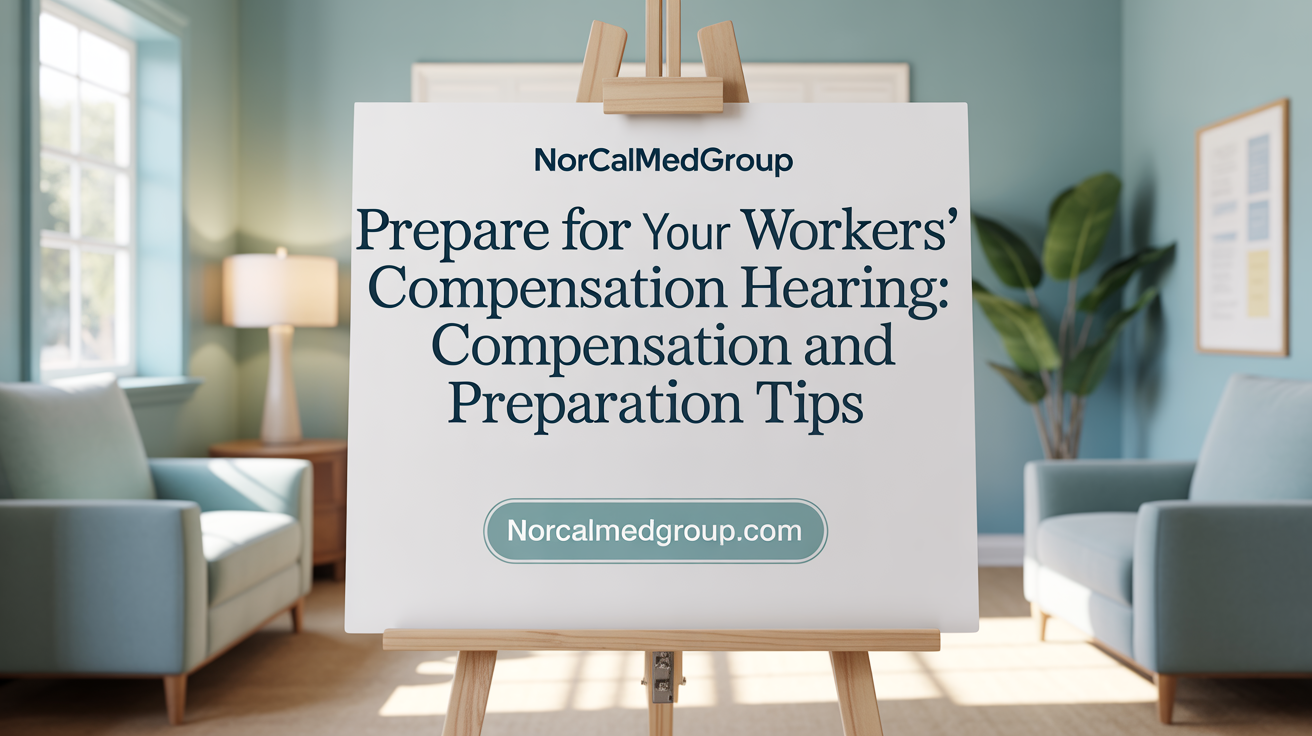
How is compensation for hearing loss determined and what factors influence its amount?
Compensation for occupational hearing loss in California and other states is primarily based on the severity of hearing impairment, usually measured in decibels through audiometric tests. The extent of hearing loss, whether in one ear or both, plays a significant role, with more profound loss generally resulting in higher benefits.
Various factors affect the amount of compensation. These include whether the impairment is binaural (both ears) or monaural (one ear), the worker’s age, and their occupation, as some jobs may involve higher noise exposure risks. Medical evaluations must clearly link the hearing loss to workplace conditions, with thorough documentation to establish causality.
Benefits often cover a range of costs such as medical expenses, rehabilitation, hearing aids, surgical procedures, and sometimes wage replacement if the hearing impairment impacts the ability to work. Preparing for a hearing involves organizing detailed medical records, audiograms, and employment evidence. Seeking legal help can streamline negotiations and bolster chances of fair settlement. As claims progress, consistent documentation and comprehensive evidence are crucial for maximizing benefits.
What precautions should be taken during workers' compensation hearings for hearing loss claims?
In hearings, claimants should prioritize honesty and consistency. They should prepare by gathering all relevant evidence, including audiograms, medical reports, workplace safety records, and witness statements.
Understanding the hearing process—whether in a courtroom or through virtual hearings—is important. Claimants might consider seeking legal assistance to clarify procedures and understand their rights.
Proper organization of evidence and clear, truthful statements strengthen credibility. It is essential to avoid exaggerating symptoms or making unfounded claims, as this can jeopardize the case.
Being aware of appeal options or opportunities for expedited resolution can help claimants stay proactive. Overall, a well-prepared, honest approach fosters a more favorable outcome.
| Aspect | Importance | Additional Notes |
|---|---|---|
| Evidence organization | Essential for convincing the adjudicator | Includes medical records, employment logs, witness statements |
| Consistent testimony | Maintains credibility and supports the claim | Any discrepancies can undermine case integrity |
| Legal guidance | Helps navigate complex procedures and maximize benefits | Attorneys can assist in evidence gathering, negotiations, and appeals |
| Understanding hearing process | Reduces stress and improves presentation skills | Knowing whether hearings are in person or virtual assists in preparation |
| Honesty and accuracy | Protects against denial and legal repercussions | Truthful statements foster trust with the hearing officer |
This systematic approach ensures workers are well-prepared and positioned for successful hearings, securing fair compensation and addressing their occupational hearing loss effectively.
Conclusion: Navigating Auditory Loss Claims Successfully
Successfully establishing and securing compensation for occupational hearing loss requires a comprehensive understanding of the medical assessments, legal standards, and procedural steps involved. Prompt and detailed medical evaluations, supported by robust documentation linking hearing impairment to workplace exposure, form the foundation of a valid claim. Compliance with regulatory frameworks ensures fair and consistent evaluations, while knowledge of compensation factors helps workers understand their benefits. Preparing carefully for workers’ compensation hearings, supported by legal expertise, enhances the likelihood of positive outcomes. With informed action and effective advocacy, workers affected by occupational auditory loss can navigate the complex claims process and obtain rightful protection and compensation.
References
- California Workers' Comp for Hearing Loss - Visionary Law Group
- Guide to Workers' Compensation for Hearing Loss - Chalk Law Office
- Proving Occupational Hearing Loss in a Workers Comp Claim
- Workers' Compensation for Occupational Hearing Loss in California
- Workplace Related Hearing Loss: How to Recover Compensation
- Navigating Industrial Hearing Loss Claims and Compensation ...
- Understanding Hearing Loss as a Worker's Compensation Claim in ...
- Loss of Hearing | Maryland Workers' Compensation Lawyers Foran ...
- How to Handle a Florida Workers' Compensation Claim for Hearing ...
